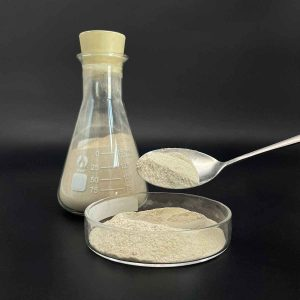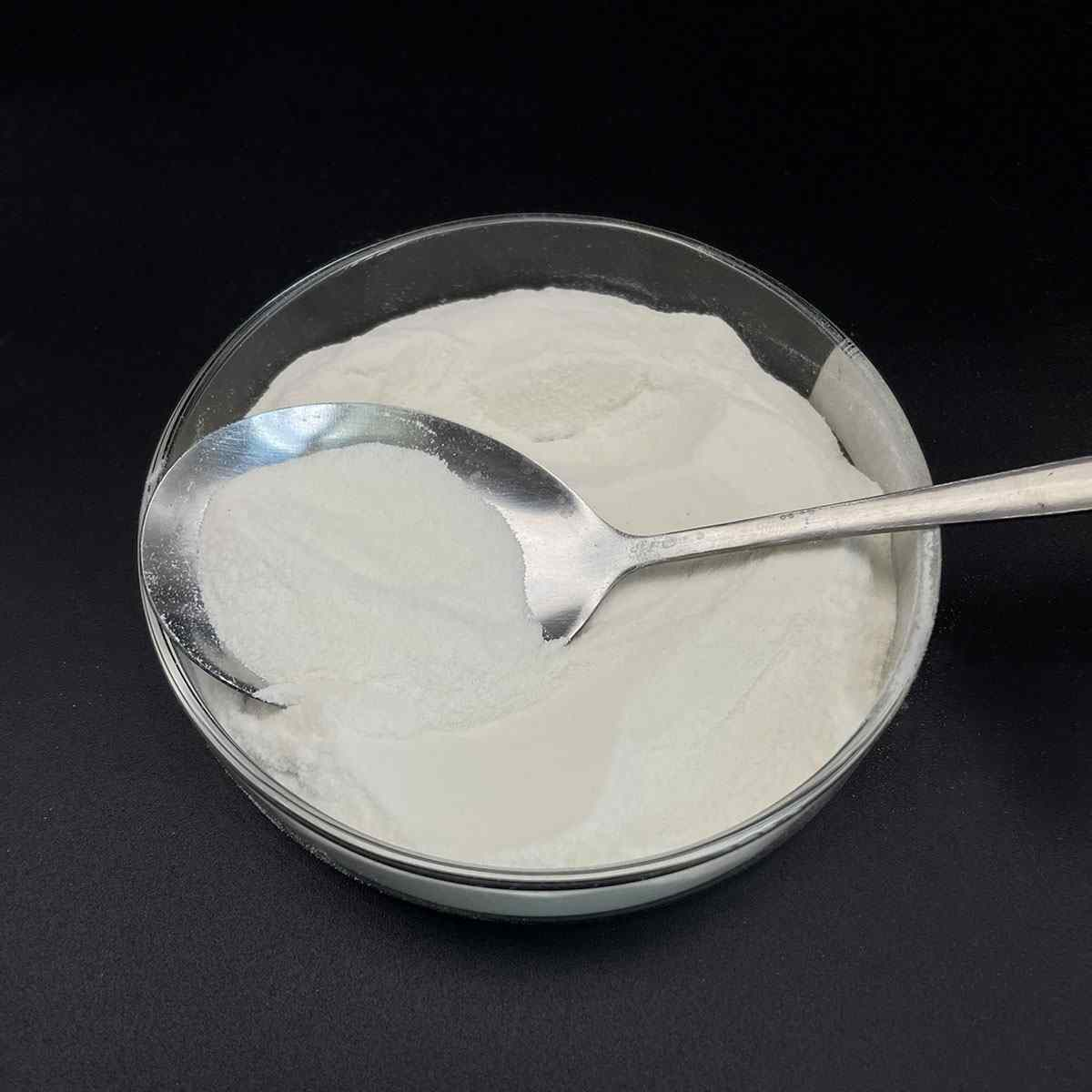1. Introduction
In the past 48 hours, the European Commission has reignited discussions around the safety of common cosmetic ingredients, including sodium lauryl sulfate (SLS), amid growing consumer demand for gentler, more sustainable formulations. With social media influencers and dermatologists increasingly warning about potential skin irritation from SLS, it’s a perfect time to unpack what this widely used surfactant really is—and whether it deserves its controversial reputation.

Sodium lauryl sulfate—also known as sodium dodecyl sulfate, natrium lauryl sulfate, or simply SLS—is one of the most recognizable surfactants in household and personal care products. But what exactly is a surfactant, and why is SLS so prevalent? Let’s dive into the science, uses, and alternatives.
2. What Is Sodium Lauryl Sulfate?
Sodium lauryl sulfate (SLS) is an anionic surfactant derived from lauryl alcohol, often sourced from coconut or palm kernel oil. Chemically, it’s known as sodium dodecyl sulfate, reflecting its 12-carbon alkyl chain. As a surfactant, SLS reduces surface tension between liquids or between a liquid and a solid, enabling better mixing, foaming, and cleaning.
You’ll find SLS in everything from shampoos and toothpastes to industrial cleaners and even some herbicides. Its strong cleansing power and rich lather make it a favorite in formulations—but that same potency can be too harsh for sensitive skin.
3. How SLS Compares to Other Common Surfactants
Not all surfactants are created equal. While SLS is anionic (carrying a negative charge), others fall into non-ionic, cationic, or amphoteric categories. For example, cocamidopropyl betaine (also called coco betaine or amidopropyl betaine) is an amphoteric surfactant that’s milder and often paired with SLS to reduce irritation.
Sodium laureth sulfate (SLES), sometimes labeled as sodium lauryl ether sulfate or sodium lauryl ether sulphate, is another anionic surfactant frequently confused with SLS. Unlike SLS, SLES is ethoxylated—meaning it’s processed with ethylene oxide—which makes it less irritating but raises separate environmental concerns.
- Sodium cocoyl isethionate and sodium lauroyl sarcosinate are gentler anionic surfactants often used in ‘sulfate-free’ products.
- Decyl glucoside and coco glucoside are non-ionic bio surfactants derived from sugar and coconut oil, prized for their eco-friendliness.
- Cetyl trimethyl ammonium bromide (CTAB) is a cationic surfactant used in conditioners for its antistatic properties.

4. SLS in Personal Care and Beyond
SLS is a workhorse in shampoos, body washes, and toothpastes because it creates that satisfying foam consumers associate with cleanliness. However, its use is declining in premium and sensitive-skin lines due to irritation risks. Brands are increasingly turning to alternatives like sodium lauroyl methyl isethionate or sodium cocoyl glutamate.
Beyond cosmetics, SLS serves as a wetting agent for grass in agricultural herbicides—acting as a surfactant for weed killer to help active ingredients stick to waxy plant leaves. It’s also used alongside other surfactants like polysorbate 80, Span80, or lignin sulfonate in industrial and lab settings.
Interestingly, methylated seed oil is sometimes used as a non-ionic surfactant in herbicide formulations, offering better rainfastness than SLS in some cases.
5. Safety, Myths, and Misconceptions
Despite viral claims online, SLS is not classified as carcinogenic by major health agencies. However, it can cause skin and eye irritation, especially with prolonged exposure. This has led to a surge in ‘SLS-free’ labeling, even though the ingredient is generally safe at low concentrations in rinse-off products.
Note that ‘sls sodium lauryl sulfate’ and ‘sls sulfate’ are redundant—SLS already stands for sodium lauryl sulfate. Similarly, ‘laureth sulphate’ and ‘sulphate laureth sulfate’ refer to SLES, not SLS. Confusion between these terms fuels much of the public concern.

6. Eco-Friendly and Emerging Alternatives
With sustainability in focus, bio surfactants like alkyl polyglucoside and rhamnolipids are gaining traction. Companies like Rohit Surfactants Private Limited are investing in plant-based, biodegradable options such as sodium coco sulfate (sometimes called coco sodium sulfate).
Other promising alternatives include sodium deoxycholate (a bile salt-derived surfactant), sodium oleate (from olive oil), and poloxamer 188 (also known as Pluronic 127), used in pharmaceuticals for its solubilizing properties.
Even in agriculture, nonionic surfactants like ethoxylated alcohols are replacing traditional anionic types for better environmental profiles.
7. Where to Buy and Final Thoughts
Sodium lauryl sulfate for sale is widely available from chemical suppliers for both industrial and DIY uses. But as consumer awareness grows, the market is clearly shifting toward milder, more sustainable options.
Whether you’re formulating a shampoo, choosing a toothpaste, or mixing a lawn wetting agent, understanding the meaning of surfactant—and the differences between anionic, cationic, non-ionic, and amphoteric types—empowers smarter decisions.
In short: SLS works well, but it’s not always the best choice. With gentler alternatives like cocamidopropyl, decyl glucoside, and sodium lauroyl sarcosinate now mainstream, there’s never been a better time to go sulfate-smart.
8. Conclusion
Sodium lauryl sulfate remains a cornerstone of modern cleaning and personal care chemistry, but its dominance is waning as safer, greener surfactants rise. By understanding its role alongside alternatives like sodium laureth sulfate, cocamidopropyl betaine, and bio-based options, consumers and formulators alike can make informed, effective choices—without compromising on performance or skin health.
Our Website founded on October 17, 2012, is a high-tech enterprise committed to the research and development, production, processing, sales and technical services of ceramic relative materials such as 7. Our products includes but not limited to Boron Carbide Ceramic Products, Boron Nitride Ceramic Products, Silicon Carbide Ceramic Products, Silicon Nitride Ceramic Products, Zirconium Dioxide Ceramic Products, etc. If you are interested, please feel free to contact us.


